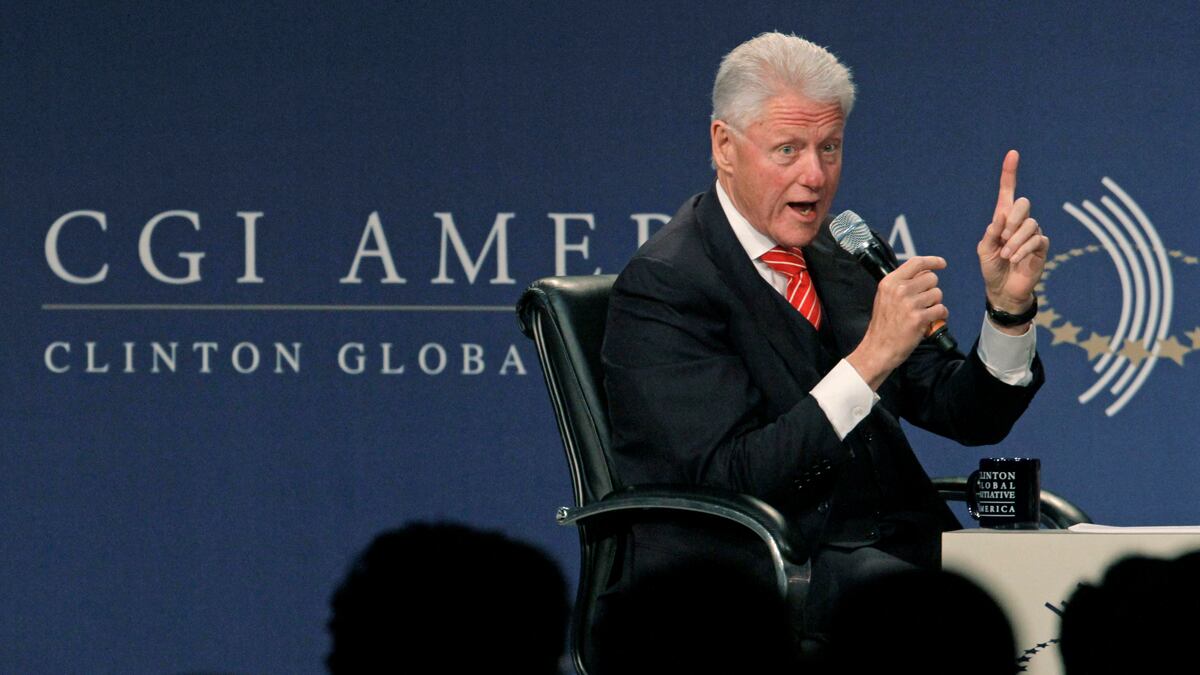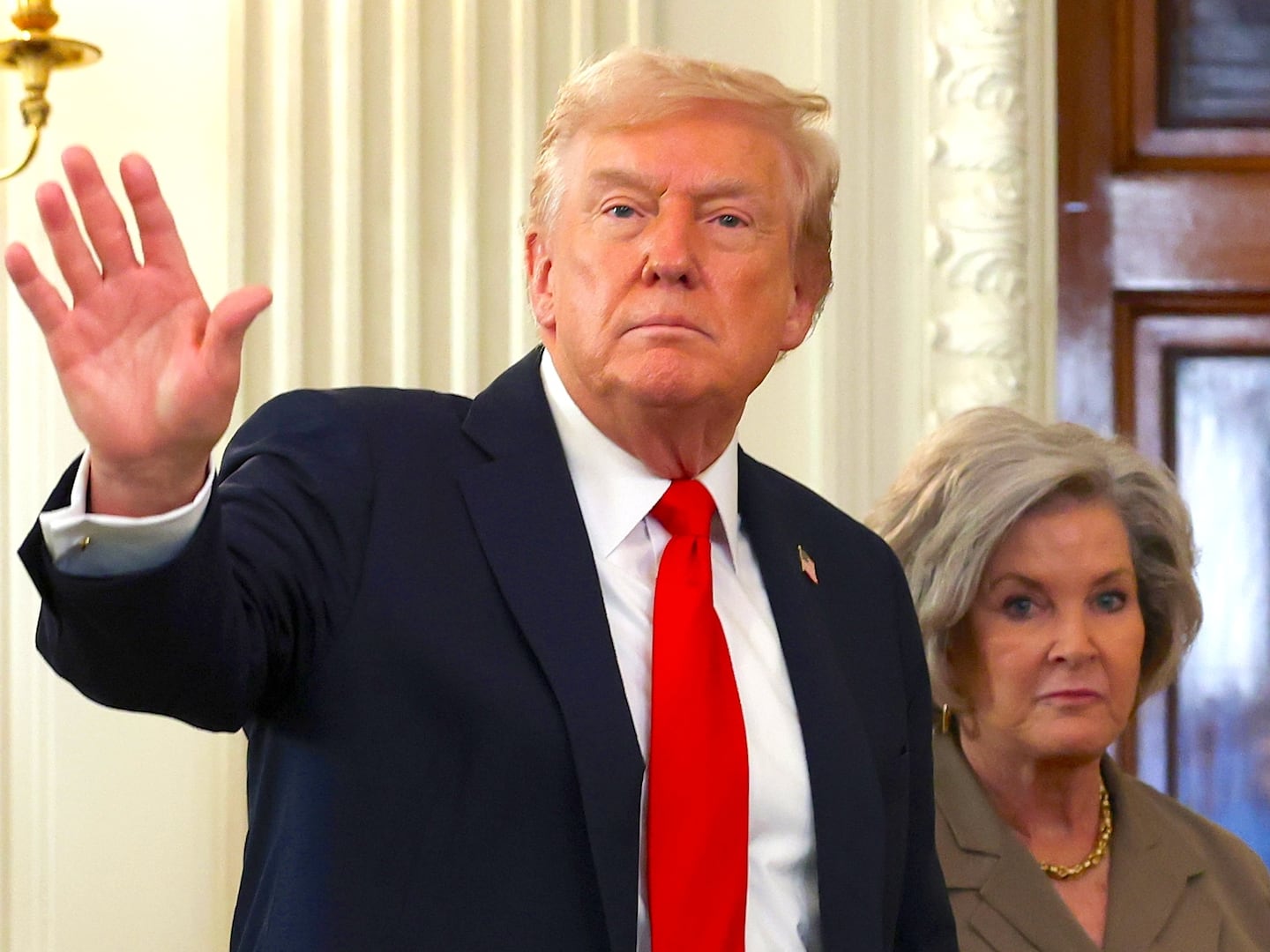There was no shortage of eye-popping statistics at CGI’s jobs summit here in Chicago on Wednesday. But as the second day of the conference begins, perhaps the most shocking stat I've heard so far is that there are more than three million job openings in America today.
“Posted job openings… are being filled only half as fast as they were filled in every previous recession since World War II,” said former President Bill Clinton.
If all the posted jobs in America were suddenly filled, the unemployment rate would fall by at least 3 percentage points—enough, perhaps to make a significant psychological impact, both for the business climate and for voters in the 2012 presidential election.
“We can argue all day about how to create new jobs,” said former Georgia Labor Commissioner Michael Thurmond. “But we’re overlooking the fact that there are jobs…that are not filled. We talk too much about what we don’t have, and we haven’t focused our efforts on what we do have.”
That line generated considerable applause on Wednesday. But the question remains, how do you fill those open positions? Part of the problem is that many of today’s unemployed don’t have the skills they need to fill those jobs. In Georgia, Thurmond—rather than the government running a job training—started a program in which the government connects private companies with the unemployed and pays the firms to train workers for a six-week trial period.
Once that period ends, the firms can then decide who they want to hire. The companies were not required to provide benefits, but the state helped the workers with childcare, among other things. The result: Since 2003, he said, the program has had a 62 percent success rate, and Clinton, in his recent article for Newsweek, advocated it as an approach that could be mirrored elsewhere.

Mississippi Governor Haley Barbour, a Republican who shared the stage with Clinton and Thurmond on Wednesday, said the Georgia labor commissioner’s description of how government and the private sector can work together fits very well with what he found in his state. “Our community colleges are very good,” he said. “But they weren’t getting the incentives or rewards for job training. It was all going to universities.”
Under Barbour, Mississippi created a workforce enhancement training fund to at least double what they had previously been allocating. Equally important, he says, is to “de-stigmatize skills training,” which perhaps because of the massive loss of manufacturing jobs in this country, are often seen as undesirable.






